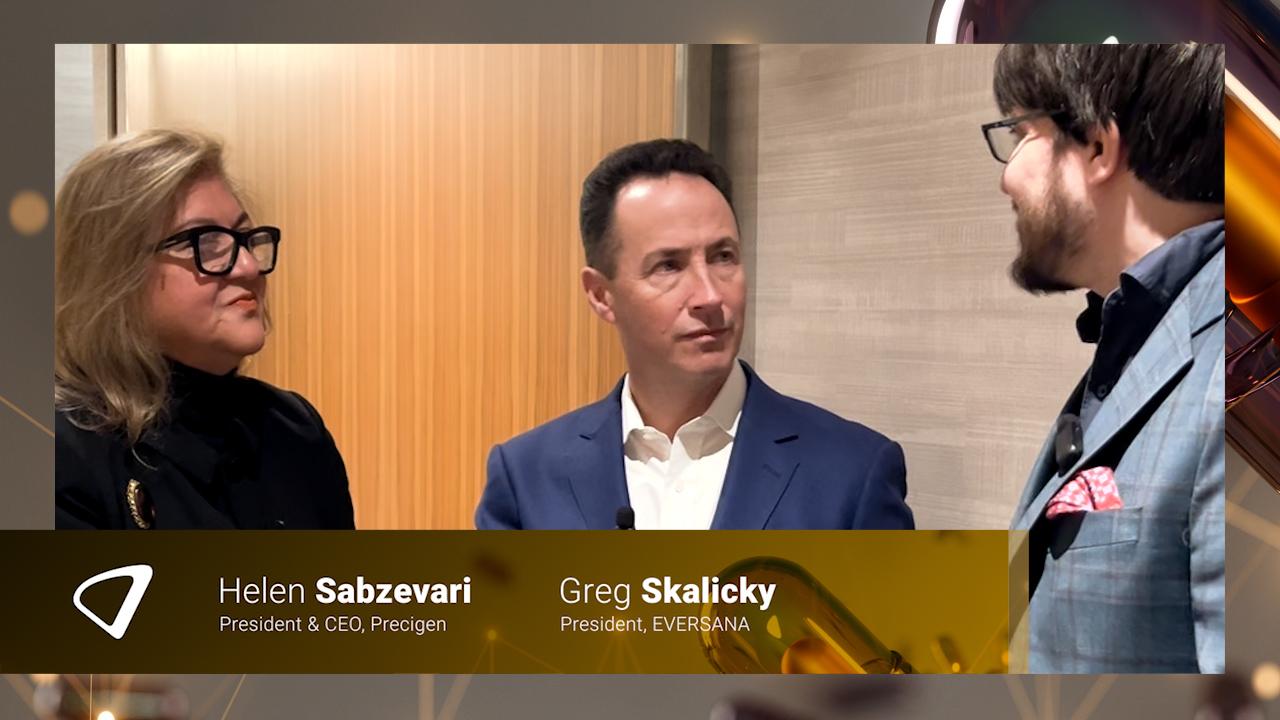Healthcare that no longer leaves out the patient

For so long the US healthcare system was built around the provider, with appointments and services set by the provider (along with insurance reimbursement systems). This structure relies on in-person visits of patients to operate and become profitable. But when the industry suddenly shifted due to COVID-19, so too did the power dynamics of the patient-provider relationship. Omri Shor, CEO of Medisafe, explores how.
Now operating under virtual formats, patients can demand healthcare access on their schedule, creating a pivot point for the industry where pharma and providers must meet the demands of the patient – not the healthcare system. And it’s no longer a pipe dream to think of a system that puts the patient first, treats them individually, and employs a network of patient technology to meet the health needs of each person.
Burden on the patient
Thinking back through my experiences in the healthcare system, a recent quote has stuck with me that sums up the burden placed on patients: “I left [the doctor’s office] with more directions on how to pay my bill than to care for my health.”
In many ways, treatment for patients has focused on addressing a condition or illness, not caring for the individual. And while that approach may have led to successful outcomes for most, it doesn’t incorporate a patient’s lifestyle, unique factors, individual challenges or barriers to successful treatment. This extends to pharma where medicine addresses a condition, but patient care, guidance, and support have often been an afterthought.
In many ways, the current system still places the burden on the patient, creating hardships and hurdles to navigate. And for the majority of patients who are managing chronic conditions, it means not only managing their health but also the complexities of the system. But the convergence of health and technology is helping to give patients more power in caring for their health, and demand for transparency, accountability, and control over their health and lives. As patients gain more choice in the marketplace, pharma and providers alike are starting to recognise the value in patient satisfaction and are quickly adopting new ways to respect the patient voice.
Tech shift
While new satisfaction measures and competition are helping to shift the model to connect with patients, the biggest advancements in the patient experience have come through tech advancements. The onset of the pandemic forced nearly all elements of the healthcare ecosystem to pivot to new formats to stay connected to patients. This also shifted the demand and scheduling to operate around patient’s schedules, instead of the other way around.
This shift comes at a time when patients were already embracing digital health apps, medication companions, and wearable technology. Suddenly digital health has put patient choice in the palm of their hands. In a world where everything is on-demand, streaming, and delivered next-day, users have come to expect a similar experience from medication management and pharma support.
Thanks to the convergence of tech and health, the future of healthcare places the patient directly in the driver seat, able to track their health stats, monitor and manage conditions, engage with providers and connect with pharmacies all within a digital platform. This new level of interoperability means improved transparency, greater connectivity, and more insight to treat the person, not just the patient.
Clinician adoption and integration
Healthcare remains one of the most personal experiences, and the influence of technology can improve the experience and outcomes, but it cannot replace human interaction altogether. Leaders in the health IT space know that tech alone isn’t the answer – it’s how to blend technology with personalisation to create a better ecosystem. In the most recent HLTH conference, companies such as Amazon, Google, and IBM explored ways to incorporate live interactions through tech devices to enhance segments of healthcare.
Pharma is examining ways to reach the patient population through a combined effort of both personal and digital. One new partnership is through Pleio. This network of connected care coordinators works with patients upon receiving medications, walks the patient through their first 15 days on a new medication and then helps move them to a digital companion that tracks their usage, engagement, and delivers customised support via a connected app.
This hand-holding model from personal to digital has shown to improve medication adherence by up to 50%. Another way pharma is blending this model is through virtual clinical trial studies. By creating a disparate model in clinical trials, critical information is still being captured while using virtual technology and AI to remain engaged with patients remotely. This new structure is enabling pharma to engage with a larger pool of candidates, while also offering more flexibility to the lives of patients.
Patients still want personal care and are finding greater satisfaction through tech involvement in helping to manage follow-up interaction, medication management, financial support, and digital encouragement. As one physician put it, patients want “human support for the big stuff and digital access and guidance for smaller daily stuff.”
Future of integrated care
As we look to the future, amidst a pandemic that has changed everything about how health systems operate, it’s clear that digital has taken hold. I envision a future where technology helps to close gaps and connect patients more closely with physicians and their healthcare coverage. We are already seeing a glimpse of that as COVID-19 vaccine makers and pharma companies begin eyeing digital health platforms to help connect patients with safety resources. Tracking of vaccine doses will be essential to ending the pandemic and pharma companies are already in talks with leaders at Google, Apple, and Medisafe on ways to deploy such platforms.
The patient home has also become the new centre for care, further helping to put power back into patients’ hands. AI applications and digital integration in the home will soon be able to inform patients when a medication has shipped, if there is a flu outbreak in their area, or if they want to speak with a physician via FaceTime. In a similar move, Amazon is launching an at-home pharmacy delivery service, making medication management as easy as Prime membership for maintenance medications.
But healthcare that no longer leaves out the patient is truly about simplification. Patients want a healthcare experience that first recognises them as people, as individuals, and takes a comprehensive approach to care, not simply fixing a broken issue. The future of care is more personal, more connected, and more complete. With digital platforms that encompass a user’s whole health, including medications, vitals, nutrition, exercise, environment, behavioural and financial health. It’s care that addresses a person’s complete environment, with medication and support to improve their lives, not just their condition.
About the author
Omri Shor is the CEO of Medisafe. He is an expert in digital medicine applications and works closely with major pharma companies in developing and guiding direct connection to patients via innovative platforms to support improved health and treatment, with customisation and guided treatment.











